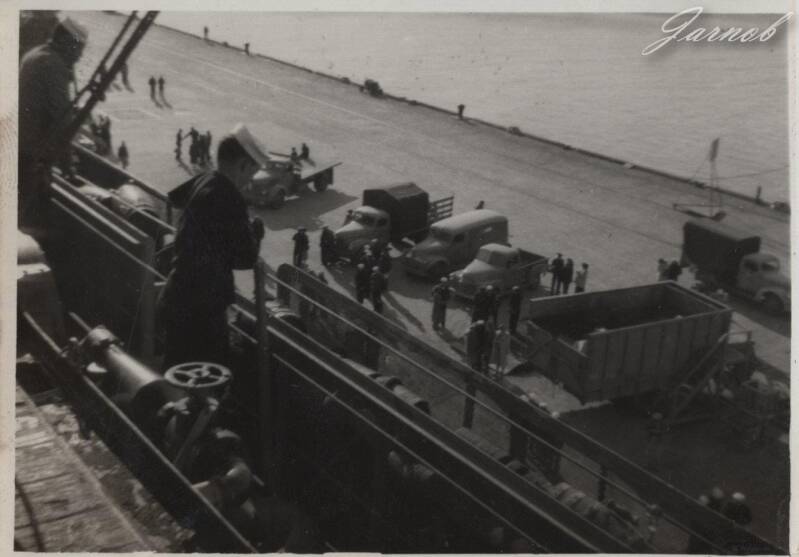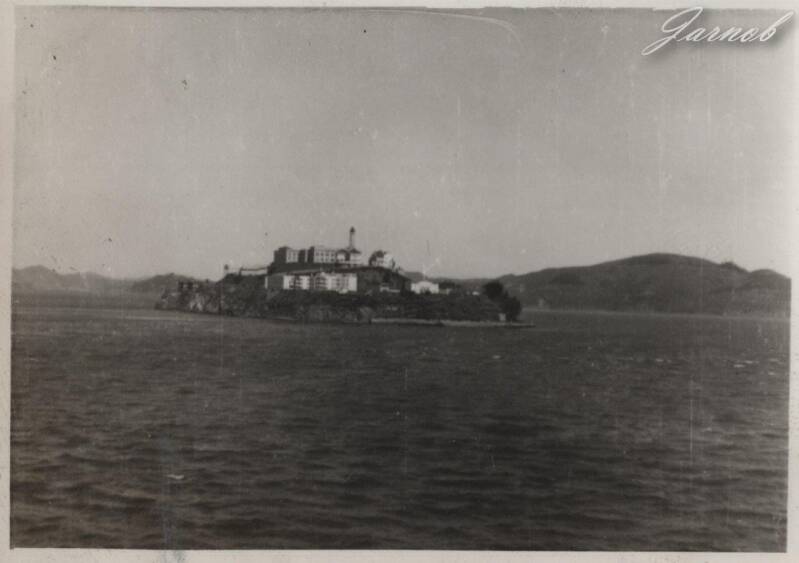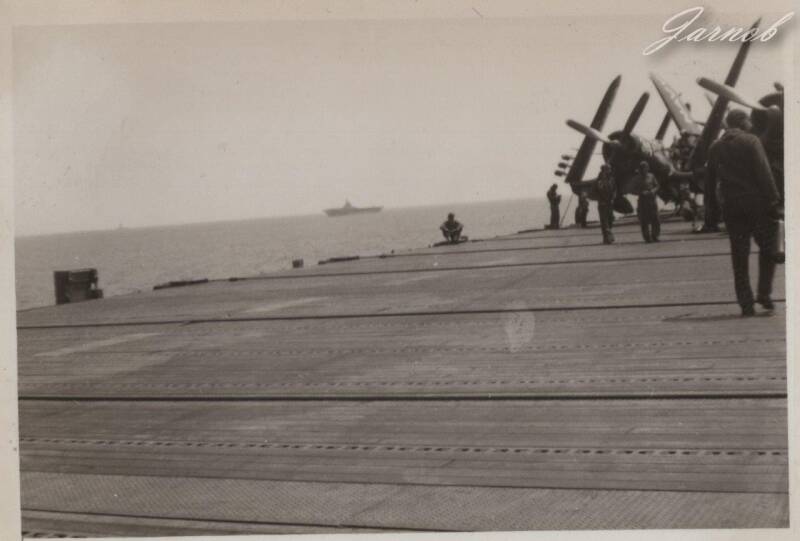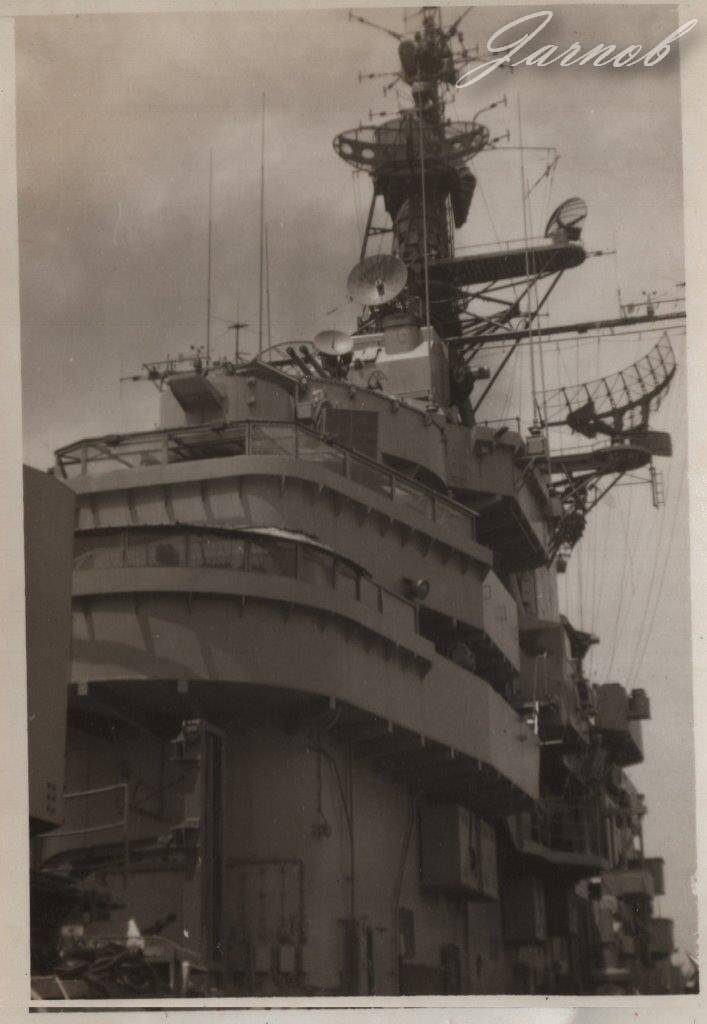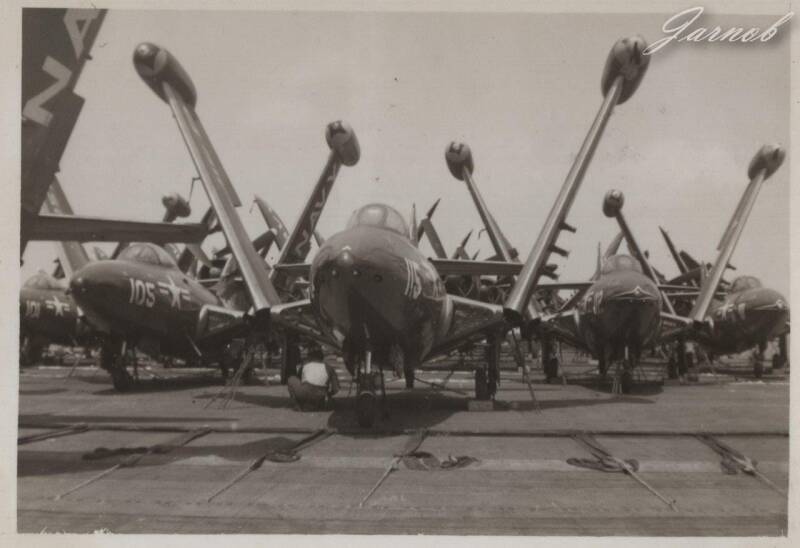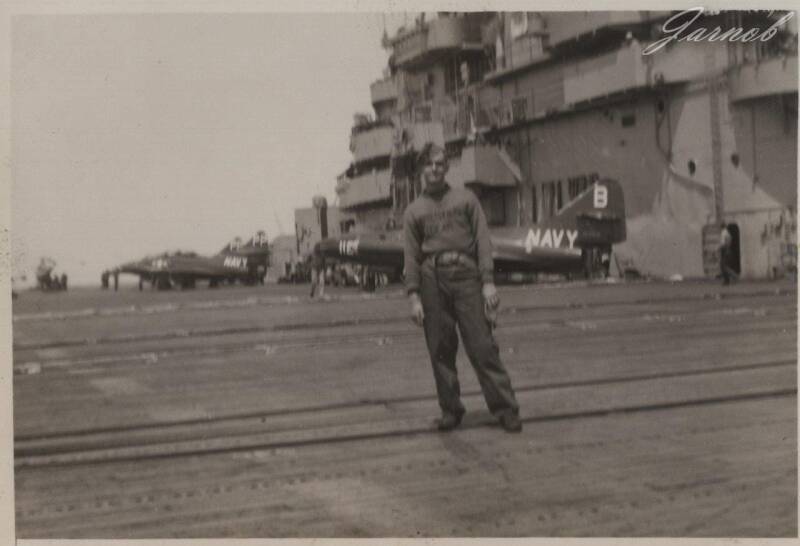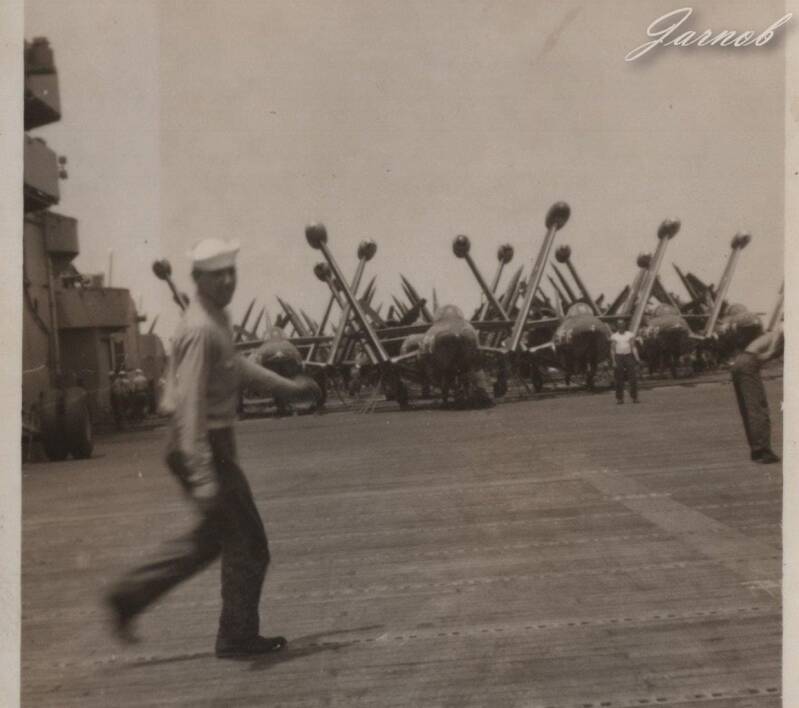CV-37 USS Princeton Korean war
The first photograph set is made by an arresting gear crew member aboard the USS Princeton during the Korean War. By the combination of all aircraft tail codes together aboard the carrier I managed to find out which cruise it concerned: Korean war cruise March 21st 1952 to November 3rd 1952 carrying CVG-19 and as part of Task Force 77.
This was the fifth cruise of the USS Princeton out of a total of 10. Later it would make another 5 cruises as LPH-5 during the Vietnam war.
The crewmember who this photograph set belonged to: 'Robinson' . He was part of the Catapult & Arresting Gear V-2 Division as seen in the centre. On the left he's assisting with a barrier net and to the right he can be seen taking photographs.
General
The USS Princeton CV-37 was an Essex-class aircraft carrier which operated from 1945 until 1970. It took part in the Korean war, for which it was decorated and received eight battle stars, and later the Vietnam war. Before being decommissioned it would serve as the primary recovery ship of the Apollo 10.
It was the fifth ship to bear the name ‘USS Princeton’ and was re-designated several times: it started as CV-37 aircraft carrier, then CVA-37 attack carrier (during the Korean War), CVS-37 anti-submarine carrier and later as LPH-5 amphibious assault ship (Vietnam war).

Three photographs of the superstructure of the USS Princeton - the so called 'island'. The USS Princeton was also nicknamed the 'Sweet P'.
Korean War
A total of 19 US aircraft carriers took part in the Korean war together with 6 British and 1 Australian aircraft carriers – the largest aircraft carrier participated war ever since the second world war. During the Korean war of 1950/ 1953 these carriers paved the way for modern aircraft carriers and many technological developments took place.
Out of the USS Princeton the carrier air wing CVG-19 operated during this particular cruise (March 21st 1952 to November 3rd 1952 ). It consisted of 4 aircraft squadrons, 4 aircraft squadron detachments and 1 helicopter squadron detachment. All regular squadrons were marked with tailcode 'B'.
- VF-191 “Satans Kittens” operated the F9F-2 Panther jet aircraft.
- VF-192 “Golden Dragons” and VF-193 “Ghost Riders” flew the famous, already World War 2 combat proven, F-4U-4 Corsair.
- VA-195 “Tigers” used the sturdy AD-4/4N which airframe would be used for many different purposes.
Detachments of special purpose aircraft from which not an entire squadron were needed were based aboard the USS Princeton. All detachments of CVG-19 were designated Detachment-E and consisted of:
- F4U-5N Corsair night fighters (VC-3 “Blue Nemesis”, tailcode 'NP')
- F-9F-5P Panthers photo reconnaissance (VC-61 “Eyes of the Fleet”, tailcode 'PP')
- AD-4NL night attack aircraft (VC-35 “Batmen”, tailcode 'NR')
- AD-4W aircraft airborne early warning (VC-11 “Early Eleven”, tailcode 'ND')
- HO3S-1 rescue helicopters (HU-1 “Pacific Fleet Angels”, tailcode 'UP')
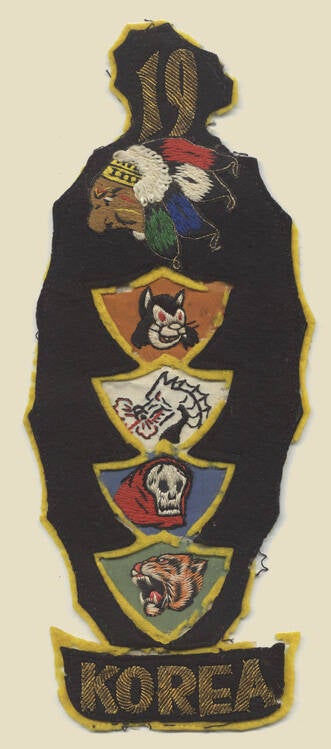
VF-191 “Satans Kittens” - Blue Angels in combat
During this cruise this was the only F9F Panther squadron aboard, therefore its pilots made long shifts. Normally a carrier had 2 Panther squadrons. Originally intended as fighters the Panthers were also used in the fighter bomber role. VF-191 took a special place within the US Navy: the US Navy demo team Blue Angels, which flew F8F Bearcats, were temporarily disbanded and its (veteran) pilots transferred to VF-191; flying Panthers their name quickly became 'Satan's Kittens'.
Performing combat actions of the highest standards with many heroic deeds, they also endured heavy casualties. After the Korean war the Blue Angels were 'resurrected' and they took their beloved F9F Panther with them as their new demo team aircraft.


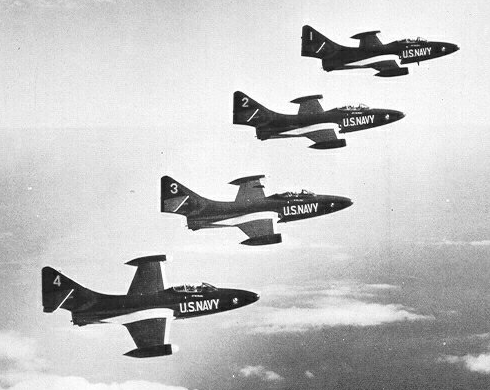

Example pics of the Blue Angels: to the left flying F8F Bearcats in 1946 well before the Korean War, in the middle flying F9F Panthers after the Korean War. To the right Ltjg. "Ken" Wallace flying as a Blue Angel pilot and Korean veteran - he is wearing the Satan's Kittens patch visible on his right upper arm!
VF-192 “Golden Dragons”
The F4U-4 Corsair was a World War 2 combat proven fighter bomber which reigned the Pacific theatre. After World War 2 it still was the all-round fighter bomber and as such was successfully used during the Korean war. A total of 12.500+ aircraft were manufactured between 1942 and 1953 – which gives an idea how widely this aircraft was deployed.
VF-192 “Golden Dragons” was founded in 1945 and is active still today. During these years it fulfilled attack and fighter roles flying a wide range of aircraft: it flew FJ-4B Fury’s, A-4 Skyhawks, A-7 Corsairs, F-6F Hellcats, F-8F Bearcats, F-4U Corsairs, F-9F Panthers, F/A-18 Hornets and Super Hornets.
Logically it operated during all major wars: the 2nd World War, Korean war, Vietnam war, 1st Gulf war, Enduring Freedom and the 2nd Iraq War.
During the Korean war it flew heavy combat mission during the Battle of Chosin Reservoir and it participated in the raid on the Hwacheon Dam together with VF-193 and VA-195 (both also operating from the USS Princeton).

VA-195 “Tigers”
The AD-1 Skyraider was in service from 1946 to 1980. Its overpowered engine and sturdy airframe made it a piston engine equivalent of the modern A10 Warthog. For this purpose, CAS, it was mainly used, being able to carry a large quantity of different ordnance underneath its large wings. In fact it was THE A10 of the Korean and Vietnam war.
VA-195 “Tigers” was founded in 1943 and is one of the US Navy’s squadron which was never deactivated. It still flies today operating the F/A-18E Super Hornet. During its long heritage it flew during all wars starting from the 2nd World War, only with a minimum number of aircraft types: it flew TBM Avengers, AD-4 Skyraiders, A-4 Skyhawks, A-7 Corsairs, F/A-18A/C Hornets and F/A-18E Super Hornets.
VA-195 “Tigers” was a nickname given by the World War 2 famous comedian Bob Burns which used a ‘bazooka’ instrument and gave the squadron a real lion cub. The cub was later given to the Los Angeles Zoo. During the Korean war VA-195 took part in the raid on the Hwacheon Dam fulfilling the main part in the destruction of the dam. This dam was attacked before but it was never destroyed - until the strike package of the USS Princeton. This made VA-195 carrying a new nickname henceforth: “Dambusters”, which is used still today.
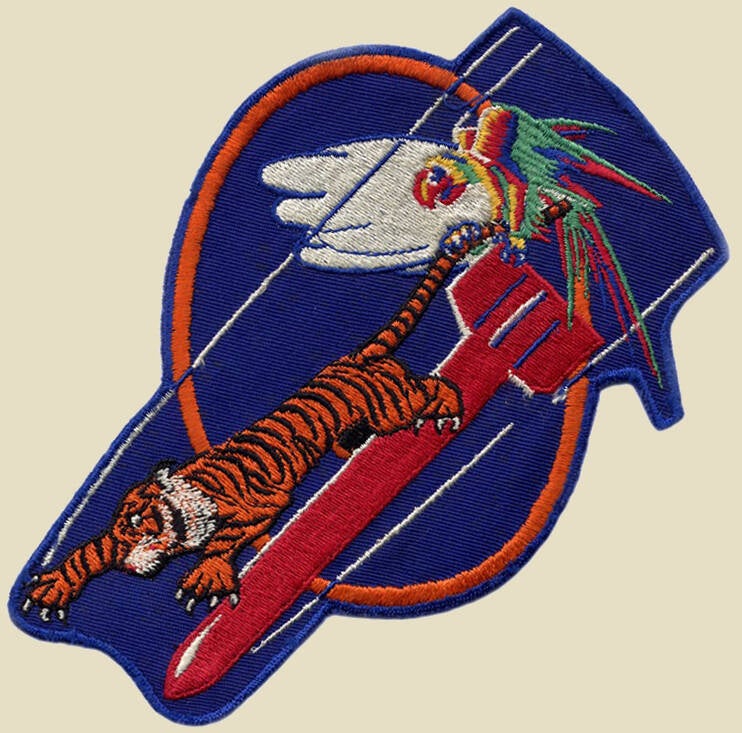

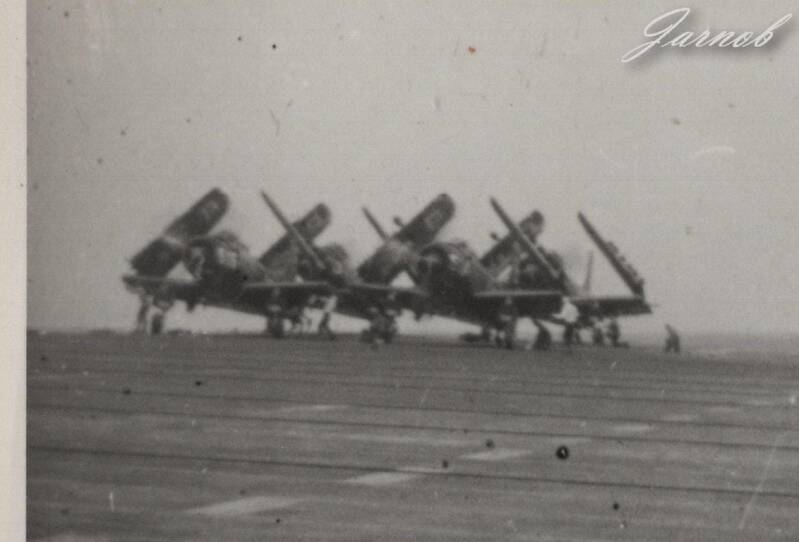



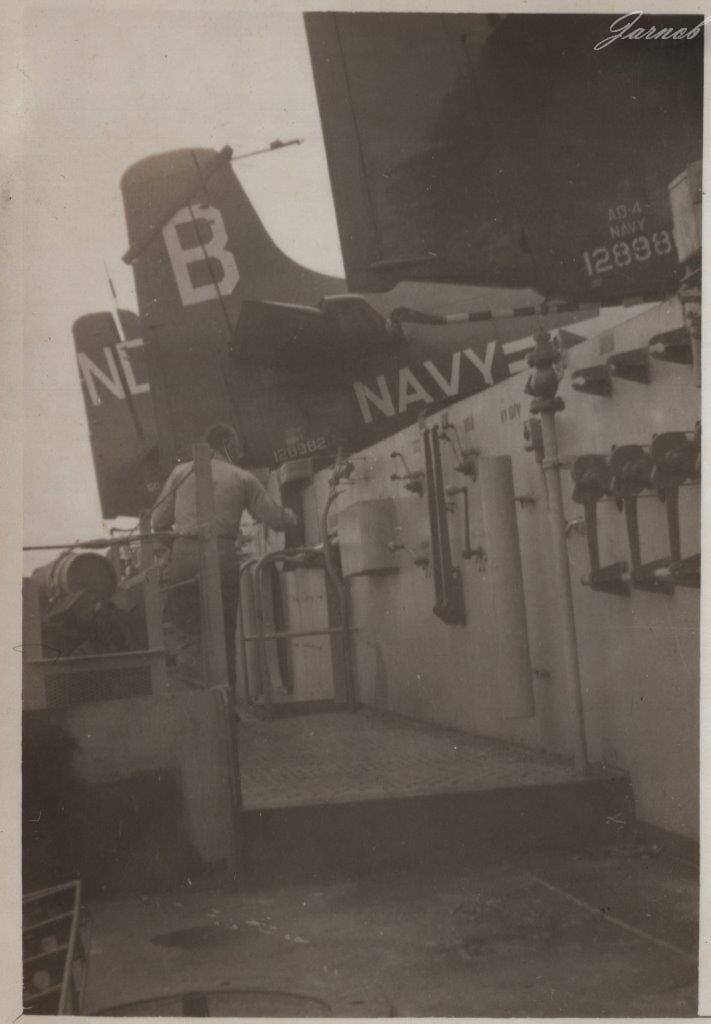
HU-1 “Pacific Fleet Angels”


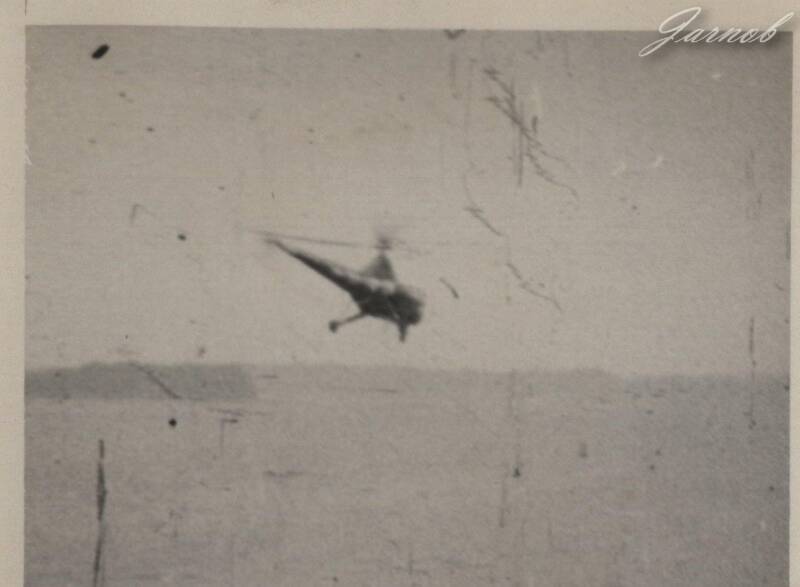

Arresting Gear flight deck operations



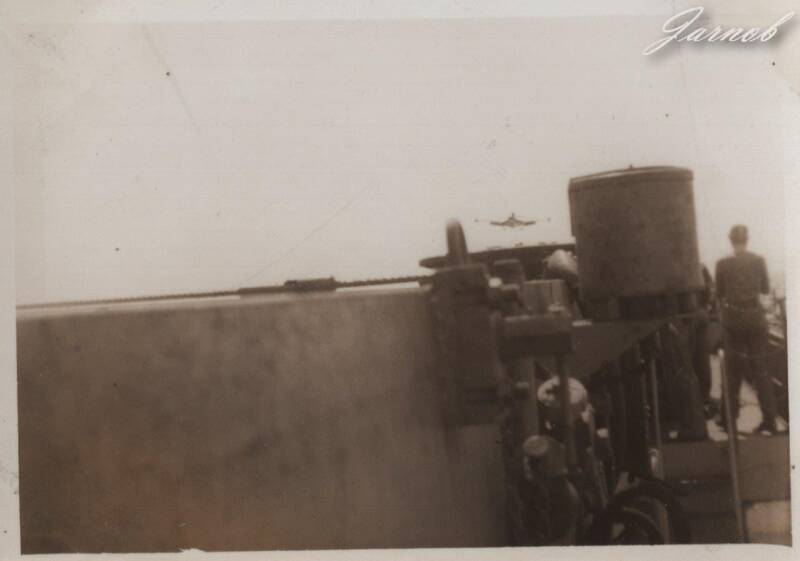







Robinson


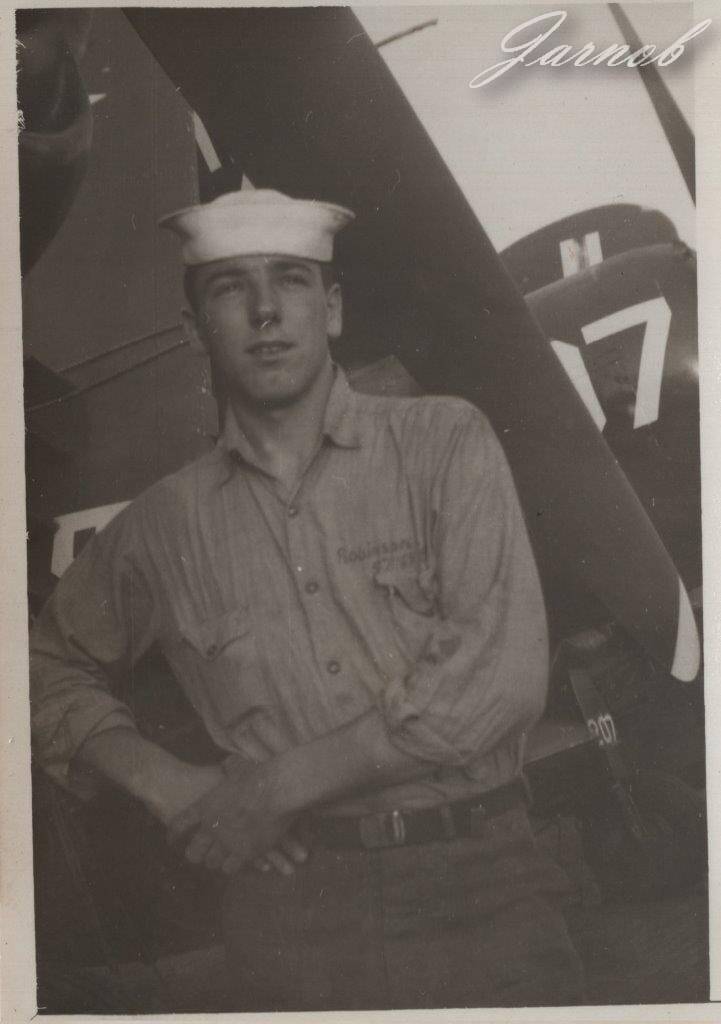



USS Princeton leaving USCON for the Pacific & sister carriers during the Korean war tour


